How Much Do You Know about Marine Life-saving Equipment
Whether it’s a seasoned sailor navigating trade routes or a recreational boater exploring coastal waters, the risk of maritime emergencies underscores the importance of life-saving equipment. From traditional lifebuoys to cutting-edge distress beacons, marine life-saving equipment plays a vital role in safeguarding lives at sea. This article focus on the topic of marine life-saving equipment, highlighting the essential types, key innovations, challenges, and the ongoing quest for improved safety at sea.
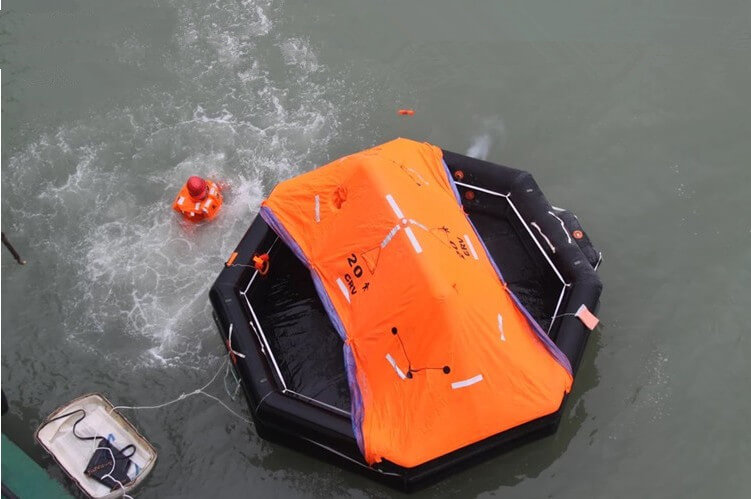
Evolution of Life-saving Equipment
Throughout history, the development of life-saving equipment has been driven by a continuous quest for innovation and effectiveness. Early civilizations crafted rudimentary flotation devices from natural materials like wood and animal hides. Over time, advancements such as cork life jackets and lifeboats revolutionized maritime safety, offering improved buoyancy and survivability in emergencies.
Crucial Categories of Marine Life-saving Equipment
To mitigate the risks associated with maritime activities, various types of life-saving equipment are essential onboard.
1. Life Jackets
Life jackets, also known as personal flotation devices (PFDs), are perhaps the most fundamental piece of life-saving equipment. These buoyant garments are designed to keep individuals afloat in the water, even if they are unconscious. Modern life jackets come in various styles, including inflatable and foam-filled, offering different levels of buoyancy and comfort. They are essential for both swimmers and non-swimmers alike, providing vital support in emergencies.
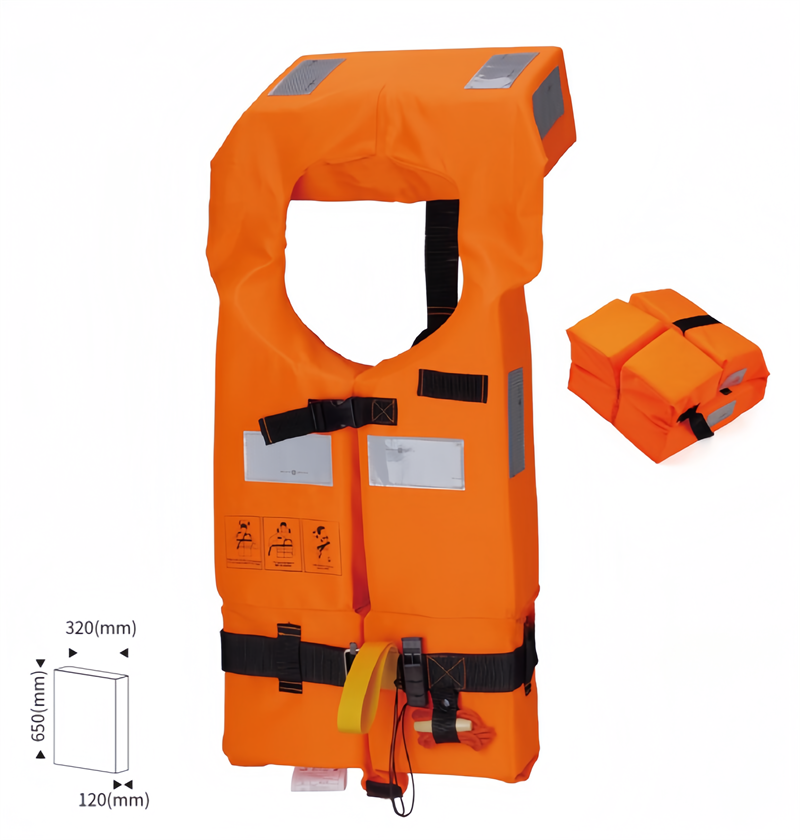
2. Lifebuoys and Ring Buoys
Lifebuoys, commonly referred to as life rings or ring buoys, are throwable flotation devices used for rescuing individuals who have fallen overboard. These circular buoys are equipped with ropes and are easily thrown to someone in distress, providing them with something to hold onto while awaiting rescue. They are a staple of maritime safety equipment and are often required to be readily accessible on vessels.
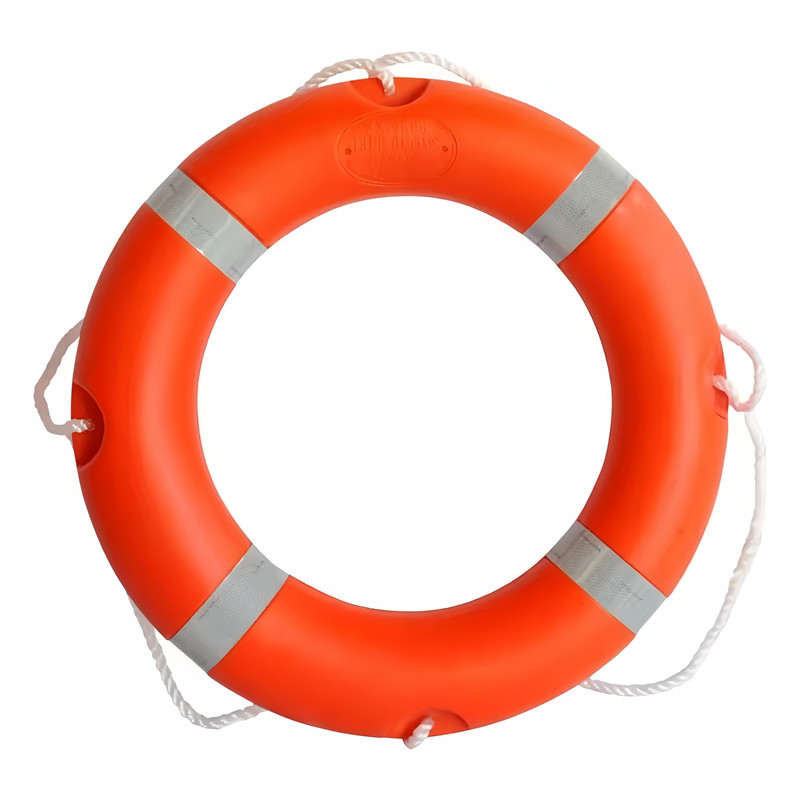
3. Life Rafts
Life rafts are inflatable or rigid structures designed to provide temporary shelter and flotation for individuals in distress. They are typically stored onboard vessels and can be deployed manually or automatically in emergencies such as vessel sinking or abandonment. Life rafts are equipped with essentials such as survival supplies, signaling devices, and often have a canopy to protect occupants from the elements.
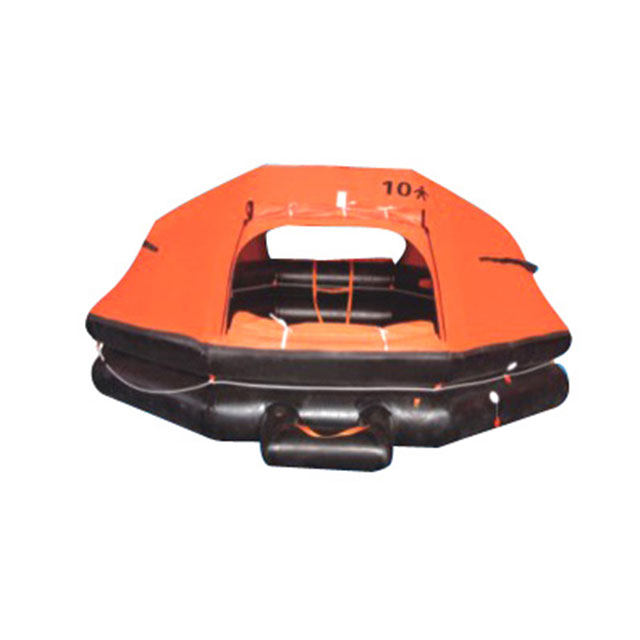
4. Life Boat
A marine lifeboat is a vita life-saving equipment designed to provide a safe refuge for individuals in distress at sea. These specialized vessels are equipped with buoyant compartments, seating, and survival supplies to accommodate survivors and facilitate their rescue. In maritime emergencies such as shipwrecks, fires, or flooding, lifeboats serve as a means of evacuation and survival, enabling crew members and passengers to escape from a sinking or disabled vessel. With their robust construction, stability, and buoyancy, lifeboats play a crucial role in maritime safety, offering a lifeline to those in peril on the open ocean.

5. Distress Signaling Devices
Distress signaling devices are crucial for alerting rescuers to the location of individuals or vessels in distress. These devices include visual signals such as flares, smoke signals, and distress flags, as well as audible signals such as whistles, horns, and distress calls over radio channels. Modern distress signaling devices may also incorporate technology such as GPS-enabled distress beacons, which transmit distress signals and location information to search and rescue authorities.
6.Immersion Suits
Immersion suits, also known as survival suits or anti-exposure suits, are specialized garments designed to protect individuals from hypothermia in cold water environments. These suits are constructed from insulating materials and are designed to provide thermal protection and buoyancy. They are essential for personnel operating in cold climates or engaging in activities where immersion in cold water is a risk.
7. Rescue Platforms and Recovery Systems
Rescue platforms and recovery systems are specialized equipment used for safely recovering individuals from the water. These may include devices such as man-overboard (MOB) recovery systems, which use mechanical or hydraulic mechanisms to lift individuals back onboard vessels, or rescue ladders and platforms for facilitating the boarding of survivors from the water.
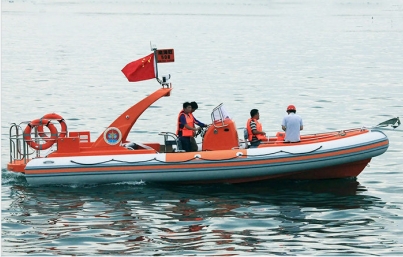
Technologies and Innovations in Marine Life Saving Equipment
Safety at sea has been significantly enhanced by technological advancements and innovations in marine life-saving equipment.
1. GPS-Enabled Distress Beacons
GPS technology has revolutionized distress signaling devices by enabling precise location tracking in emergency situations. GPS-enabled distress beacons, such as Personal Locator Beacons (PLBs) and Emergency Position Indicating Radio Beacons (EPIRBs), transmit distress signals along with the vessel’s exact coordinates to search and rescue authorities, drastically reducing response times and improving the chances of timely rescue.
2. Automatic Identification System (AIS)
AIS is a tracking system used by ships and vessels to exchange real-time information, including their position, speed, and navigational status. Recent innovations have integrated AIS technology into personal distress beacons and life-saving equipment, allowing for enhanced visibility and identification of individuals in distress by nearby vessels and rescue authorities.
3. Inflatable Life Jackets with Automatic Inflation
Traditional foam-filled life jackets have been complemented by inflatable life jackets with automatic inflation mechanisms. These jackets are equipped with sensors that detect immersion in water or activation by the wearer and automatically inflate to provide buoyancy. This technology ensures rapid deployment of life-saving equipment in emergencies, even if the wearer is incapacitated.
4. Remote-Controlled Lifebuoys and Drones
Remote-controlled lifebuoys equipped with propulsion systems and GPS tracking have emerged as innovative tools for swift water rescue operations. These buoyant devices can be remotely deployed to reach individuals in distress quickly, providing flotation support while awaiting rescue. Similarly, drones equipped with cameras and thermal imaging sensors are used to search vast maritime areas and locate survivors in need of assistance.
5. Multi-Function Rescue Platforms
Advanced rescue platforms and systems are designed to facilitate the safe recovery of individuals from the water. These platforms feature ergonomic designs, integrated safety features, and lifting mechanisms to hoist survivors back onto vessels or rescue craft efficiently. Some platforms are equipped with medical supplies, communication devices, and shelter options to provide immediate assistance to survivors.
6. Smart Wearable Technologies
Wearable technologies, such as smart watches and personal locator devices, are increasingly being integrated with marine life-saving equipment. These devices offer features such as automatic distress alerting, heart rate monitoring, and even built-in communication capabilities. Smart wearables enhance the safety and situational awareness of maritime personnel, allowing for prompt response to emergencies.
7. Biodegradable and Eco-Friendly Materials
Environmental sustainability is a growing focus in the development of marine life-saving equipment. Manufacturers are exploring biodegradable and eco-friendly materials for life jackets, life rafts, and other flotation devices to minimize their environmental impact. Innovations in sustainable materials contribute to the conservation of marine ecosystems and promote responsible maritime practices.

Challenges and Future Directions in Marine Life Saving Equipment
Despite significant advancements in marine life-saving equipment, several challenges persist, and there are opportunities for future improvements. Addressing these challenges and exploring new directions can enhance the effectiveness, accessibility, and sustainability of life-saving equipment.
1. Accessibility and Affordability
One of the primary challenges is ensuring that life-saving equipment is accessible and affordable, especially for small vessel operators and individuals in developing maritime regions. Future efforts should focus on reducing manufacturing costs, streamlining distribution channels, and implementing subsidy programs to make essential safety equipment more widely available.
2. User Training and Education
Proper training and education on the use of life-saving equipment are crucial for maximizing its effectiveness during emergencies. Future initiatives should prioritize the development of comprehensive training programs, accessible educational resources, and certification requirements for maritime personnel to ensure they are adequately prepared to respond to emergencies at sea.
3. Integration of Emerging Technologies
As technology continues to evolve, there are opportunities to integrate emerging technologies into marine life-saving equipment. Future directions may include leveraging artificial intelligence (AI) for real-time risk assessment and decision-making, incorporating augmented reality (AR) for training simulations, and utilizing blockchain technology for tracking and maintenance of equipment.
4. Environmental Sustainability
Environmental sustainability is an increasingly important consideration in the design and manufacturing of marine life-saving equipment. Future directions should focus on developing eco-friendly materials, reducing the environmental footprint of production processes, and exploring biodegradable alternatives for disposable components such as distress flares and signaling devices.
5. Global Standardization and Regulation
Achieving global standardization and regulatory compliance is essential for ensuring the quality and reliability of life-saving equipment. Future efforts should focus on harmonizing international standards, strengthening enforcement mechanisms, and promoting collaboration between regulatory agencies, industry stakeholders, and maritime organizations to enhance safety standards and practices worldwide.
6. Research and Development
Investment in research and development is critical for driving innovation and advancing the capabilities of marine life-saving equipment. Future directions should prioritize research into emerging technologies, human factors and ergonomics, materials science, and environmental sustainability to address current challenges and anticipate future needs in maritime safety.
7. Collaboration and Partnerships
Collaboration between government agencies, non-profit organizations, industry stakeholders, and research institutions is essential for driving progress in marine life-saving equipment. Future directions should encourage cross-sector collaboration, foster public-private partnerships, and support initiatives that promote knowledge sharing, resource pooling, and collective action to enhance maritime safety globally.
Conclusion
Marine life-saving equipment is indispensable for ensuring the safety and survival of individuals in the unpredictable marine environment. As we navigate the waters of the future, sustained investment in research, innovation, and international cooperation will be essential to ensuring the safety and well-being of all who set sail upon the high seas.


